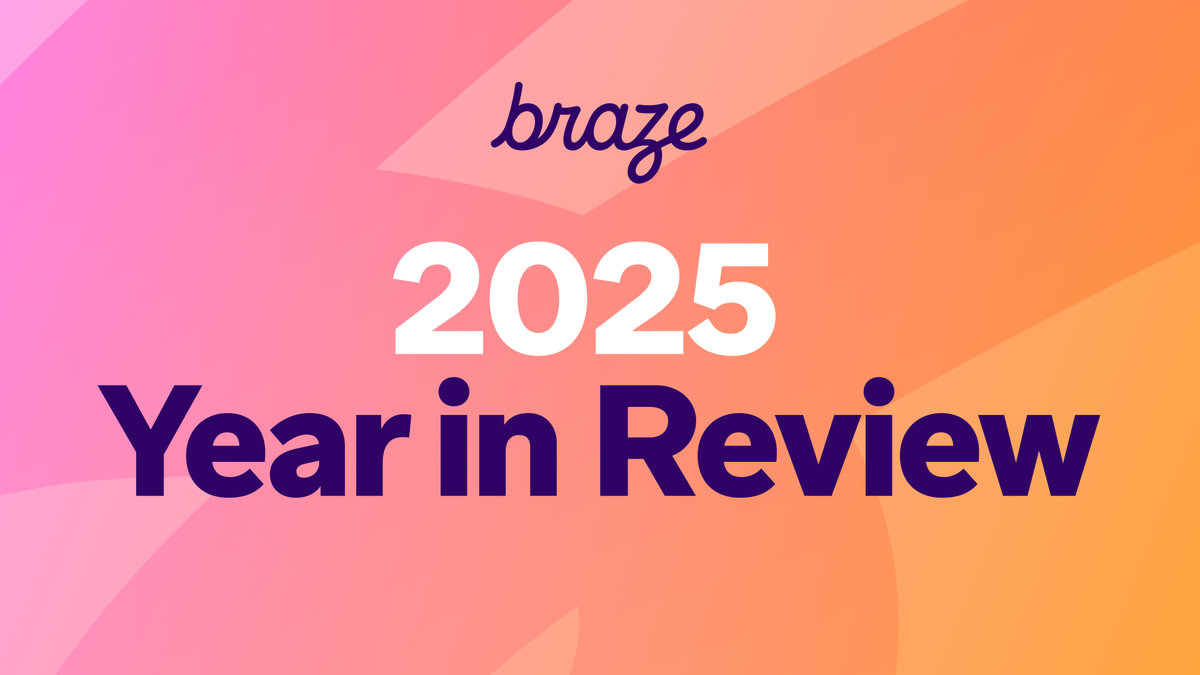6 Top Terms Every Mobile Marketer Should Know
Published on December 08, 2016/Last edited on December 08, 2016/3 min read


Team Braze
Every industry has its own vernacular. And, as with learning any language, seasoned students know to skim the fluff—like outdated words or overused phrases—and dive deep into what’s truly important. We’ve done that work for mobile marketers, with our new glossary, Lingo. With this list you’ll get a solid introduction to terms you are likely to use (with confidence) whenever you talk about mobile marketing from here on out.
There’s no time like the present to get started conquering the ABCs of mobile marketing, so we’re diving into six terms all marketers should know. Take a look!
- Customer Relationship Management System (CRM): If you’ve ever been impressed by a company’s highly personalized marketing efforts, and feel like they must just really know you, it’s because they do, and you can bet they’re leveraging a CRM to do so. These tools keep track of customer preferences and interactions with campaigns. The right CRM can help inform your overall marketing strategy, giving guidance on timing, customer targeting, devices and channels to leverage for outreach, and more.
- Key Performance Indicators (KPIs): If you don’t know your business goals, you can’t know your KPIs. While goals are usually specific to each company, common metrics to pay attention to are email opens, app sessions, and purchases (good signs) and push notification opt-outs and app uninstalls (not great). Tracking both good and bad KPIs is the best way to judge your marketing efforts.
- LTV (Lifetime Value): If you want to gauge the dollar value of a customer (or group of customers), LTV is the measurement for you. Factors that go into determining LTV include how much customers regularly spend in a time frame, and how long individuals usually remain customers. LTV can be calculated as a predictor of how much profit customers will bring (looking forward), or as a measurement of how much profit they’ve produced so far (looking back). So when this term comes up, make sure everyone’s on the same page about what you mean.
- A/B Testing: Wonder which email subject line will lead to more email opens or clicks? Or which push notification message will result in more engagements? A/B testing allows just this: You can try out two different marketing messages (or other assets) and compare which performs best.
- Multivariate Testing: If A/B testing doesn’t give you enough choices and points of comparison, multivariate testing may be a better option. Give numerous variables a try—different copy, images, and colors—to see which combination results in more conversions.
- Segmentation: If you get annoyed when you see an email, push notification, or other marketing message that just doesn’t get you—what you really want to read or buy, what truly motivates you as a customer—then you and segmentation will be best friends. What segmenting allows you to do is group customers by their similarities (new members, for instance) and create offers and campaigns that speak to them in more nuanced, complex ways that should resonate.
Want to sound like a marketing pro?
Head over to Lingo, the mobile marketing glossary of terms, to expand your burgeoning mobile marketing fluency.
Releated Content
View the Blog
Experience optimization: Turning data insights into better journeys

Team Braze

December 2025 Bonfire Marketer of the Month: Jagex’s Emma Oliver

Emily Calderon

2025 Braze year in review: Major moments, milestones, and evolutions
